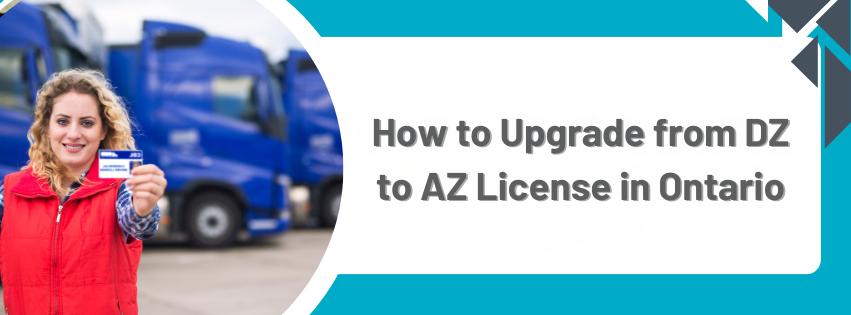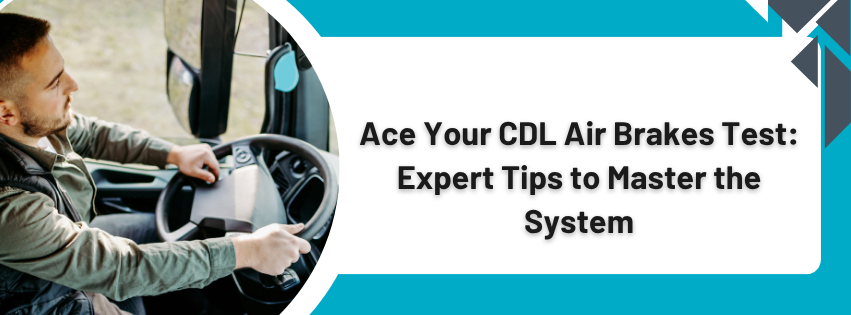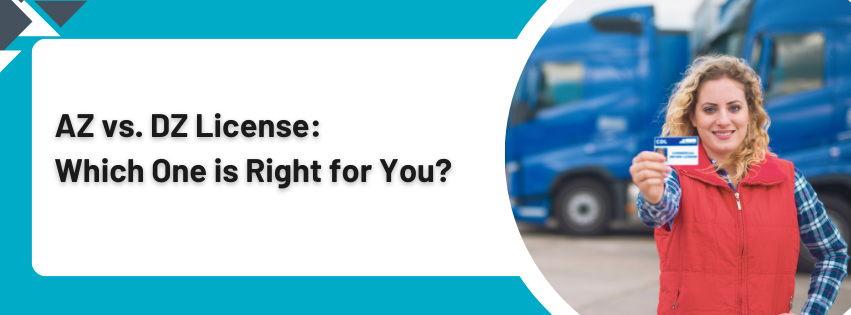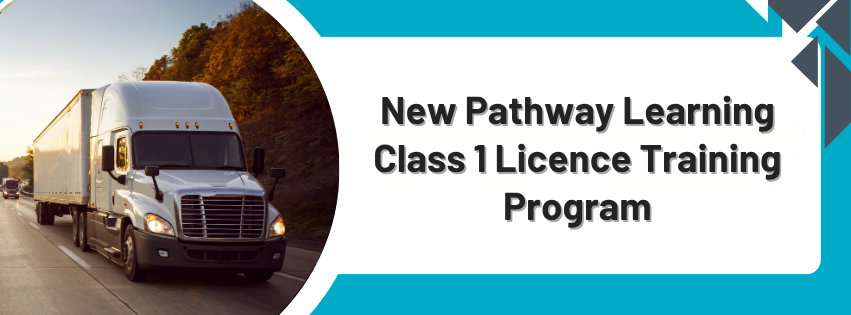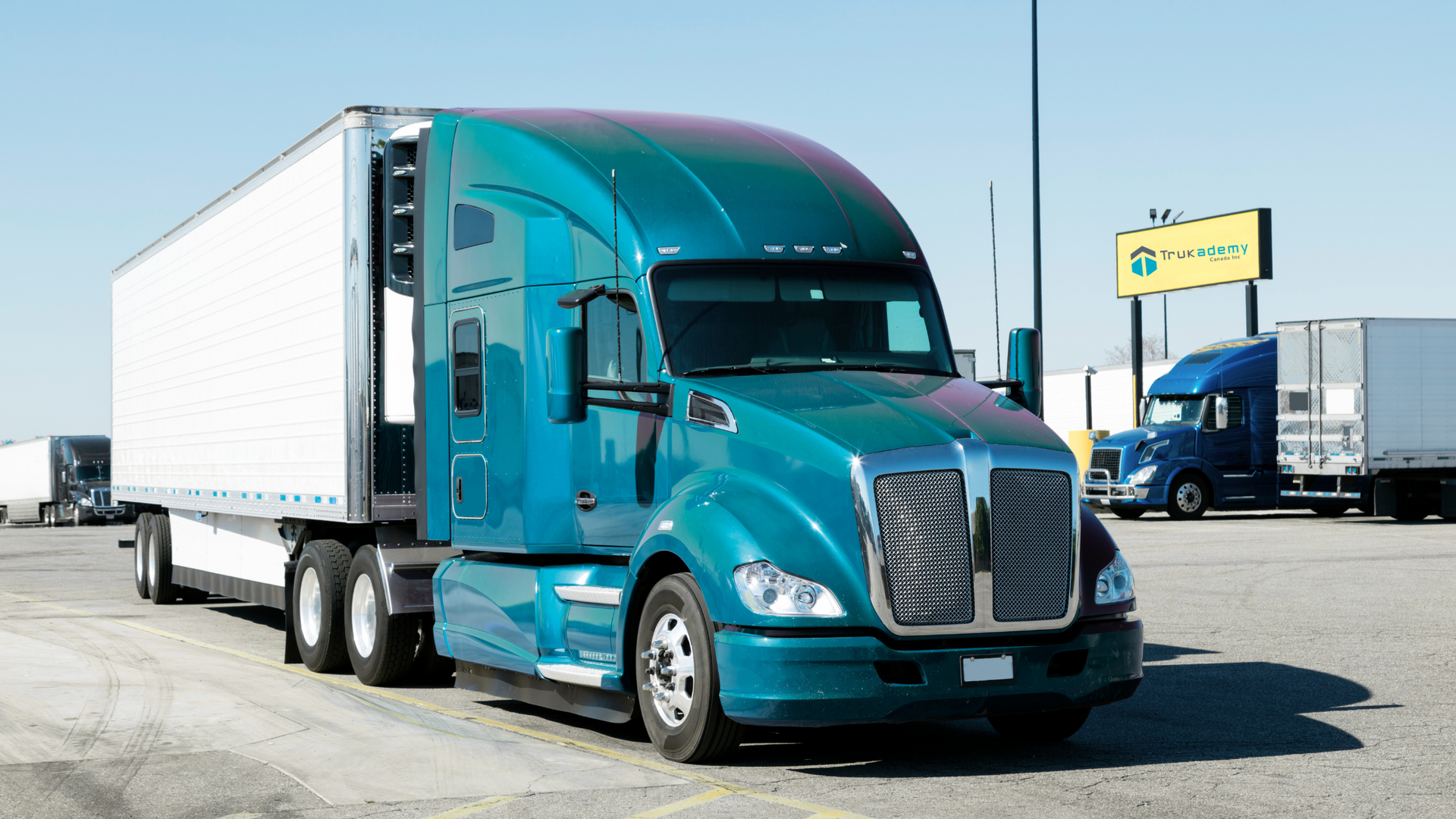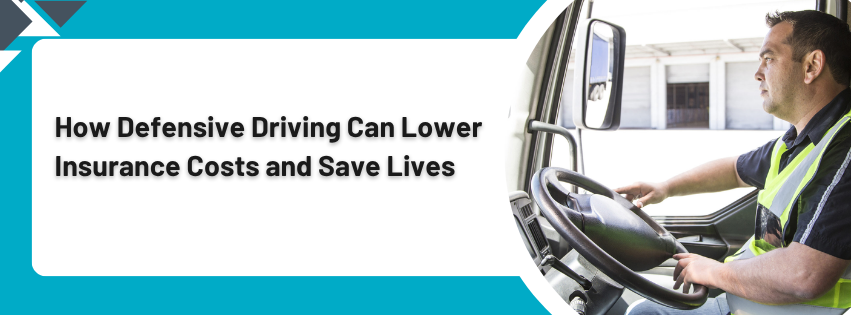Why Truck Driving Is a Great Career Choice for 2025

In today’s unpredictable job market, people are searching for stable, rewarding, and future-proof careers. Whether you're a recent graduate, considering a midlife career change, or re-entering the workforce, truck driving continues to stand out as one of the best choices in 2025.
With the ongoing demand for freight movement, the increasing reliance on e-commerce, and a persistent shortage of drivers, the truck driving industry offers not just a job—but a long-term career filled with opportunities. Let’s explore why a truck driving career in 2025 might be the right move for you.
1. The Growing Demand for Truck Drivers
In today’s globalized economy, the demand for truck drivers is skyrocketing. With the surge in e-commerce, businesses are increasingly reliant on efficient logistics and transportation to deliver goods promptly. The COVID-19 pandemic has further amplified this need, as more people turn to online shopping for their daily needs. This burgeoning demand has created a significant shortage of truck drivers, making it an opportune time for those considering a career in this field. The industry’s growth trajectory suggests that this demand will continue well into 2025 and beyond, ensuring a steady stream of job opportunities.
Moreover, the retiring workforce is contributing to the increasing demand for new drivers. Many seasoned truck drivers are reaching retirement age, leaving a gap that needs to be filled by younger, enthusiastic individuals. This demographic shift is creating a vacuum that the industry is eager to fill, making it an ideal time for new entrants to step into the field and secure lucrative positions. The career prospects in truck driving are not just limited to one region but span nationwide, offering diverse opportunities for growth and exploration.
Additionally, the expansion of industries such as manufacturing, construction, and retail is directly linked to the need for efficient transportation services. As these sectors continue to grow, so does the necessity for reliable truck drivers to transport raw materials and finished products. This interdependency underscores the critical role truck drivers play in the economy, making it a stable and promising career choice. The assurance of continuous demand is a compelling reason to consider truck driving as a top job option in 2025.
2. High Earning Potential
One of the biggest draws to a career in trucking is the competitive salary. Entry-level drivers can earn anywhere from $50,000 to $70,000 per year, depending on the company, route type, and location. Specialized driving positions, such as hazmat or long-haul trucking, can earn well over $100,000 annually.
In addition to base pay, many companies offer:
- Sign-on bonuses
- Performance incentives
- Referral bonuses
- Paid overtime
Truck driving can be one of the most lucrative blue-collar careers available today.
3. Short Training Period and Low Entry Barrier
Unlike many high-paying careers that require a college degree and years of schooling, becoming a truck driver requires only a Commercial Driver’s License (CDL)—which can be obtained in as little as 4 to 8 weeks.
Many CDL training schools offer accelerated programs, and some trucking companies even provide paid CDL training with guaranteed job placement upon completion.
This means you can go from training to a full-time job within two months, without accumulating massive student loan debt.
4. Job Stability and Security
Job security is a significant concern for many individuals, and the trucking industry offers a level of stability that is hard to find in other sectors. The constant need for goods transportation ensures that truck drivers will always be in demand, providing a secure job environment. Unlike industries that are susceptible to economic fluctuations and technological disruptions, the trucking industry is a cornerstone of the economy, making it resilient to many external factors. This resilience translates to job security for those within the industry, offering peace of mind and long-term career prospects.
Moreover, the essential nature of the trucking industry means that it is often one of the last sectors to be affected by economic downturns. Even during times of recession, the need for transportation of goods remains constant, ensuring steady employment for truck drivers. This stability is further reinforced by the increasing reliance on just-in-time delivery systems, which require a consistent and reliable workforce to meet tight delivery schedules. The predictability and necessity of the trucking industry make it a dependable career choice for those seeking job security.
Additionally, the regulatory environment surrounding truck driving adds another layer of job security. Government regulations and industry standards ensure that truck drivers are required to maintain certain qualifications and adhere to safety protocols, creating a structured and stable work environment. These regulations help maintain high standards within the industry, ensuring that only qualified and competent individuals are employed. This focus on safety and regulation not only benefits the drivers but also enhances the overall stability of the industry, making truck driving a secure and reliable career option for the future.
5. Freedom and Independence
One of the most appealing aspects of a truck driving job is the freedom of the open road. If you’re not a fan of desk jobs or micromanagement, truck driving offers independence that few other careers can match.
You can choose from various types of trucking jobs, such as:
- Local driving (home daily)
- Regional routes (home weekly)
- OTR (Over-the-Road) trucking (long-distance travel across states)
Depending on your preference, you can find a schedule and route that suits your lifestyle.
6. Opportunities for Career Advancement
Truck driving is not a dead-end job. Many drivers move into specialized roles, which offer higher pay and benefits. These include:
- Tanker drivers
- Hazmat-certified drivers
- Oversized load transport
- Refrigerated freight
Some also transition into logistics management, fleet supervision, or even become owner-operators, running their own trucking business.
Owning your own truck opens up even greater earning potential and business independence, making it a solid path for entrepreneurs.
7. Excellent Benefits Packages
Most truck driving companies offer full-time drivers comprehensive benefits packages, including:
- Health, dental, and vision insurance
- 401(k) retirement plans
- Paid vacation and holidays
- Life insurance
- Performance bonuses
These benefits rival or exceed those found in traditional office jobs and are part of what makes truck driving a desirable long-term career.
8. Trucking Supports the Entire Economy
Trucking is more than a career—it’s a vital part of the nation’s economy. From food to medicine to consumer electronics, everything we rely on depends on commercial truck drivers.
This gives truck drivers a strong sense of purpose and contribution. You’re not just driving a vehicle—you’re keeping businesses running and families supplied with essential goods.
9. Ideal for Career Changers
Are you unhappy in your current profession? Burned out by corporate life? Truck driving is one of the best career options available. Many people in their 30s, 40s, and even 50s have successfully transitioned into trucking and found new satisfaction in life on the road.
With quick training, solid pay, and excellent benefits, it’s never too late to shift gears and start fresh.
Tips for Starting Your Truck Driving Career in 2025
If truck driving sounds like the right move for you, here are a few steps to help you get started:
- Research CDL Schools:
Look for the best
trucking schools in Canada that offer high-quality instruction and strong job placement support
- Check Job Boards:
Many companies list openings directly on their websites or on industry job boards like CDLjobs.com or TruckingTruth.com.
- Compare Benefits: Not all companies are created equal. Compare pay, routes, home time, and benefits to find the best fit for you.
- Prepare for Life on the Road:
Consider how a trucking schedule will impact your lifestyle. Some people thrive on the road, while others may prefer local routes.
Final Thoughts: Is Truck Driving Right for You?
As we navigate through 2025, truck driving continues to be a smart, stable, and rewarding career choice. With high demand, excellent pay, short training requirements, and a strong sense of independence, it’s easy to see why more people are entering the trucking industry.
Whether you're seeking financial stability, a new beginning, or a path to personal freedom, truck driving may be the career you've been looking for. So, if you're ready to get behind the wheel of your future—now’s the time to start your truck driving journey.

